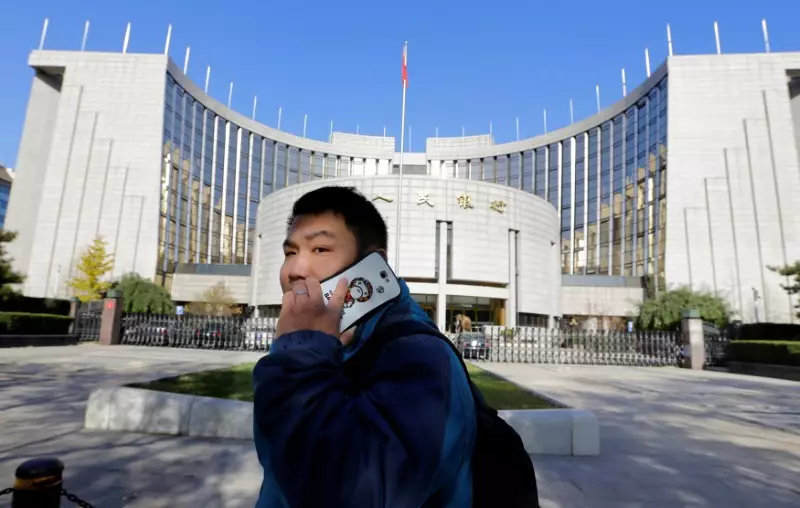The People’s Bank of China decided to keep its benchmark loan prime rate (LPR) unchanged on Monday, in line with expectations. The one-year LPR was maintained at 3.45%, while the five-year rate, used for mortgage rates, remained steady at 3.95%. This decision followed the unchanged medium-term facility rate the previous week, with both rates being kept at record lows. The goal was to support economic growth by maintaining loose monetary conditions.
In February, the PBOC cut the 5-year LPR to boost the property market, with additional measures introduced in the following weeks. The LPR is set by the PBOC based on feedback from 18 designated commercial banks, serving as a reference for lending rates in the country. Concerns about the Chinese yuan’s weakness limited expectations for further rate cuts, prompting careful consideration by policymakers.
Amid challenges of balancing monetary stimulus and currency stability, the Chinese government unveiled a series of stimulus and policy initiatives. These efforts were predominantly focused on the property market, including easing home purchase restrictions in major cities. Reports indicated plans for state government intervention in the housing market to address affordability concerns. Additionally, a substantial 1 trillion yuan bond issuance aimed to boost infrastructure spending and support economic recovery.
The combination of steady LPR rates and targeted stimulus measures underscores China’s commitment to sustaining economic growth. While concerns linger about currency fluctuations and market stability, the government’s proactive approach towards stimulus demonstrates a willingness to adapt to evolving challenges. The broader implications of these measures on consumer spending, investment, and overall economic performance will be closely monitored in the coming months.
China’s decision to keep the benchmark loan rate unchanged reflects a strategic approach to economic management in the face of ongoing challenges. By leveraging a mix of monetary and policy interventions, the government aims to support key sectors like real estate and infrastructure while maintaining financial stability. The effectiveness of these measures will depend on their implementation and the broader economic landscape, highlighting the importance of continued vigilance and adaptation in uncertain times.

